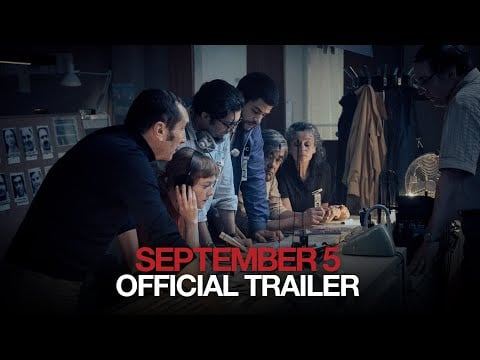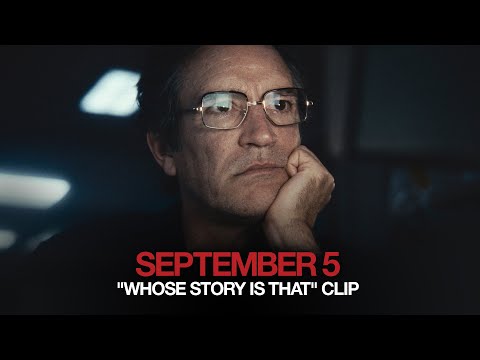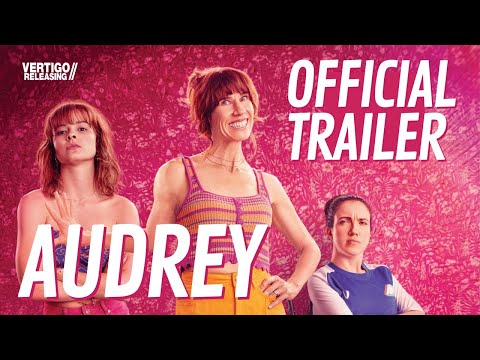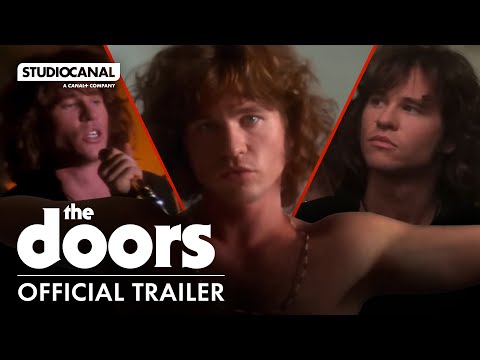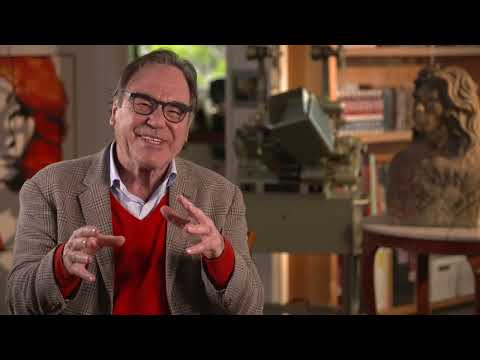Imagine a group of antiheroes teaming up to defeat a common foe.
We’ve already seen that with not one but two “Suicide Squad” films. Now, it’s the MCU’s turn.
“Thunderbolts*” runs with that formula, never forgetting how crucial comedy is to the equation. The results? An MCU film worthy of the brand and two breakout performances by the team’s Russian contingent.
Awkward!
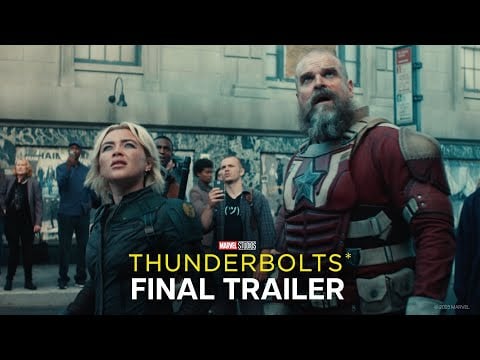
Director Jake Schreier (“Robot & Frank”) re-introduces us to Yelena Belova (Florence Pugh), a reluctant gun-for-hire as she goes through her paces. The Russian’s first action sequence is shot from above, and we realize this won’t be a cookie-cutter franchise extension.
Schreier means business. So does Pugh, who anchors the ensemble in ways only the best actors.
Yelena is soon sent to a mysterious location where she bumps into other super-powered souls. Think John Walker (Wyatt Russell, son of Kurt), a low-rent Captain America, the Ghost (“Ant Man and the Wasp” alum Hannah John-Kamen) and a befuddled Bob (Lewis Pullman, son of Bill).
What about Bob, you say? He’s critical to the story, but we can’t say more than that.
They soon realize they’re pawns in a game set in motion by Valentina Allegra de Fontaine (Julia Louis-Dreyfus), whose motives make her a target on Capitol Hill. She wants to create a new, Avengers-like team, and she’s willing to do whatever is necessary to make that happen.
The unlikely warriors must team up to thwart de Fontaine’s plans, setting this oddball squad in motion.
Other wannabe Thunderbolts include Yelena’s father, the Red Guardian (a scene-stealing David Harbour) and Congressman Bucky Barnes (Sebastian Stan), AKA The Winter Soldier.
View this post on Instagram
“Thunderbolts*” lacks the air of a film tinkered with (“Captain America: Brave New World“) and the stench emitted by “The Marvels.” It’s a solid tale filled with interesting characters, sharp dialogue and plenty of comic relief.
Some of that falls to Harbour, whose eagerness to be a hero once more never gets old. Not even close.
The other “heroes” remain conflicted to the core. Yelena’s complicated past haunts her and the mission. John Walker’s marital woes hang over his every move. He’s a caricature of a star-spangled hero, and no one knows it more than he does.
It’s a shame the film’s introductory sequence, set in an expansive vault-like locale, takes forever to be resolved. The film’s pacing is otherwise crisp, but that protracted sequence dulls the film’s momentum.
The screenplay, credited to just two scribes (Eric Pearson, Joanna Calo) leans hard into the teammates angle. It’s all the antiheroes talk about, refusing to let the growing bond settle in on its own.
Think the “family” blather in your average “Fast & Furious” movie, and you’ll get the gist.
That team dynamic still plays out as intended, with the deeply flawed heroes realizing what it means to save the day. It’s about more than helping innocents.
It’s therapeutic.
That’s a powerful message to embed in a superhero romp, especially one dedicated to keeping the MCU relevant.
RELATED: CRITIC V CRITIC: THE GREAT SCORSESE-MCU DEBATE
Schreier proves more than adequate on the action sequence front, even though no post-“Avengers” has matched what that two-film finale mustered.
Not even close.
“Thunderbolts*” mixes up the action beats, including a finale that proves both imaginative and fresh. It’s both impressive and unexpected.
“Thunderbolts*” unwisely name-checks the Avengers. A lot. The comparisons rarely flatter, and it’s still a longshot that these wayward heroes will ever stand tall next to Thor, Hulk and company.
What the film accomplishes is still considerable. It makes the MCU feel necessary again, even if the two post-credit scenes add little to the bigger picture like past films effortlessly did.
HiT or Miss: “Thunderbolts” serves up some less-than-super heroes who charm us all the same.
The post ‘Thunderbolts*’ Makes Misfit Heroes Matter appeared first on Hollywood in Toto.
from Movies - Hollywood in Toto https://ift.tt/r9VuNeb


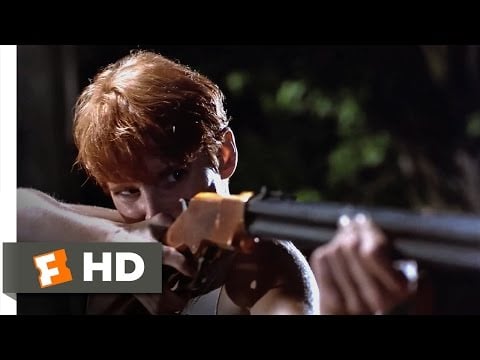
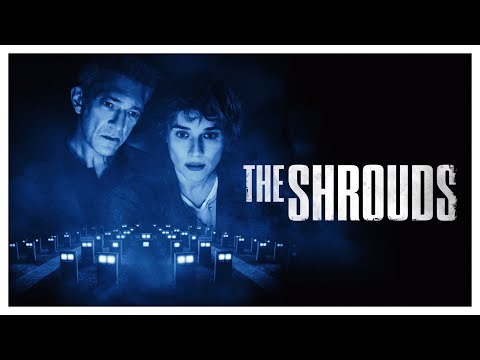
 :
: 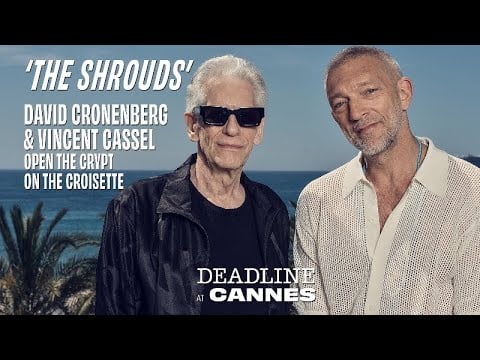
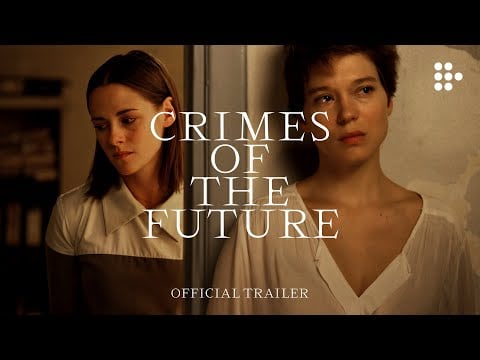
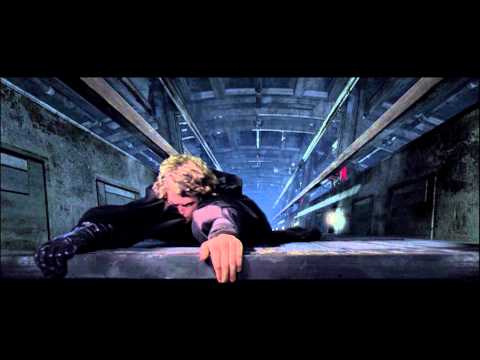

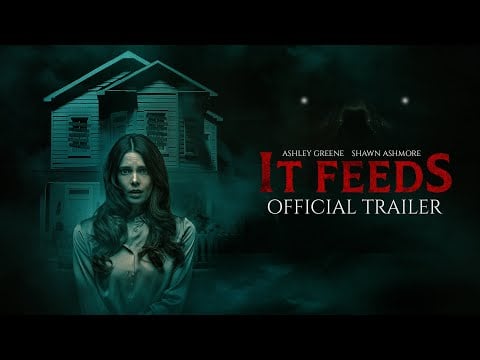
 (@themoviewaffler)
(@themoviewaffler) 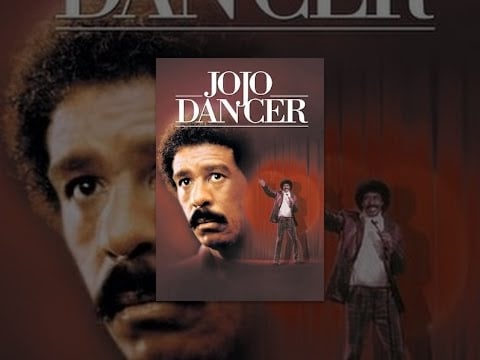
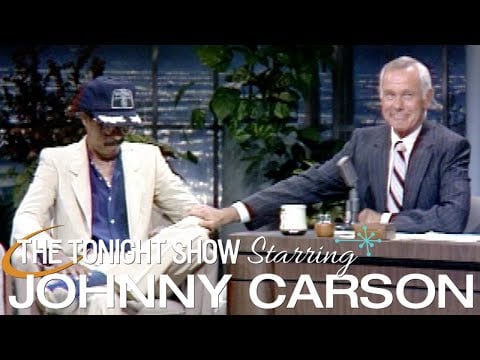
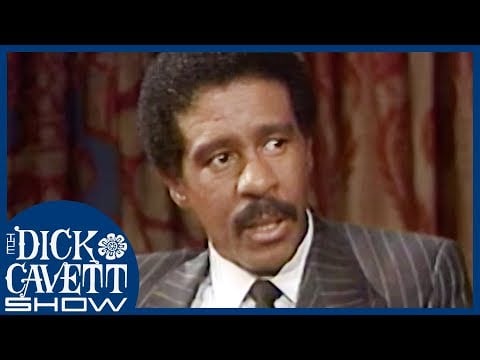
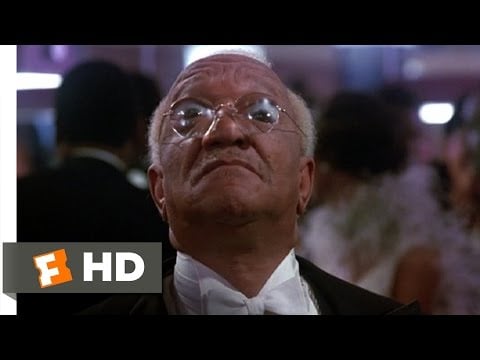
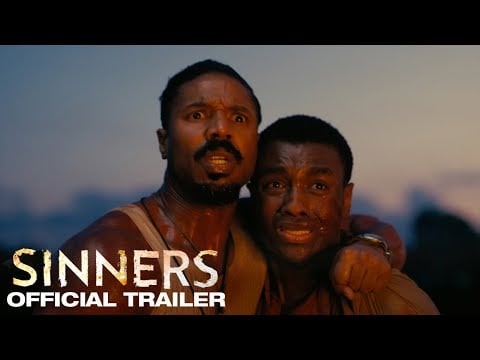
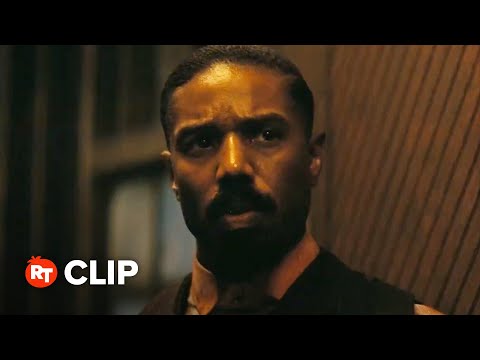
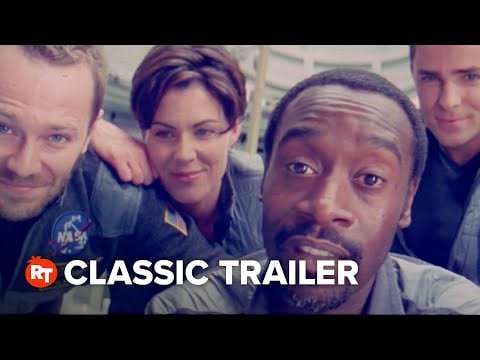
 (@TheSpaceshipper)
(@TheSpaceshipper) 






